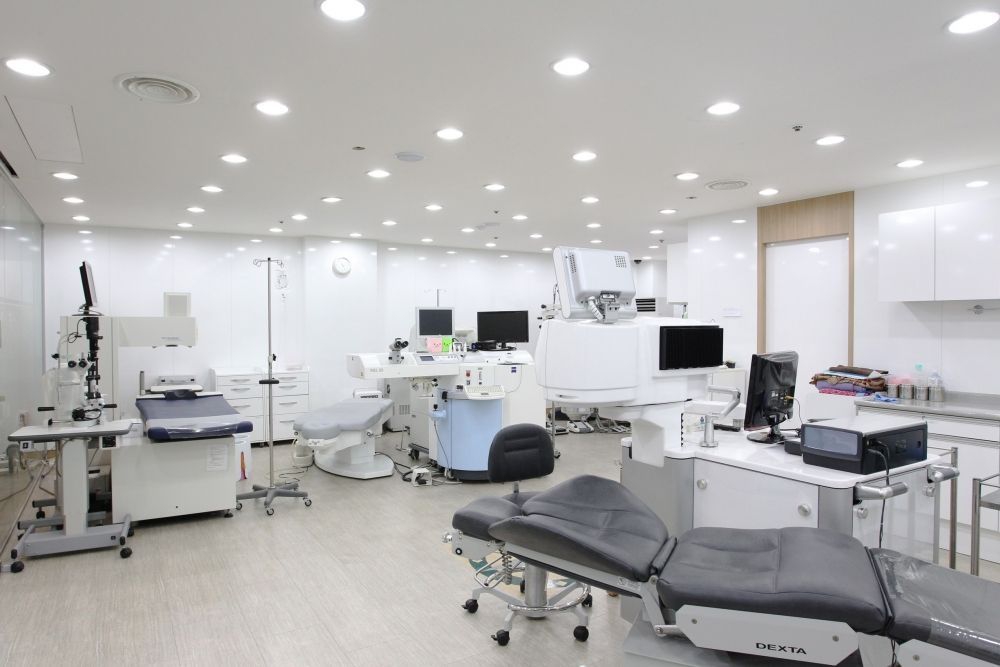A cataract is the natural lens inside the eye, which has become cloudy. It is situated behind the pupil but in front of the vitreous jelly and retina. Removal of the cataract is usually performed when this significantly affects the eyesight.
Following cataract surgery the eye would be out of focus, but this is usually overcome by placing an intraocular lens (IOL) inside the eye at the time of the operation. Once a lens implant is in position no further surgical treatment is usually required.
After the surgery, eye medications are usually given for 4 weeks but may need to be continued for longer. Once the eye has stabilised (normally at 3 weeks after surgery) it is often necessary to make small adjustments to the focus of the eye, to provide the best vision, by changing your spectacle lens.
Conventional Monofocal IOLs
Conventional lenses have a uniform focus and provide excellent image quality, but have a limited range of focus.
Multifocal IOLs
A variety of different types of multifocal lens have been implanted in cataract surgery over the last 20 years. These lenses produce both clear distance and near vision, and approximately 80% of patients are completely spectacle free after implantation.
Toric IOLs
Some patients with pre-existing astigmatism (the eye is egg shaped rather than football shaped) will require glasses after surgery unless they have a special toric IOL inserted. About 15% of the cataract population may benefit from this type of lens.
Cataract surgery is a day care procedure: you do not need to stay in hospital overnight after surgery. We do not normally operate on both eyes at the same session. Special order lenses including multifocal and toric IOLs require that biometry is performed at a separate visit in advance of the day of surgery.
With cataract surgery there is approximately:
95% chance of better vision (better if you have no other problems such as macular degeneration).
90% chance of good (6/12) vision.
85% chance of excellent (6/7.5) vision.
1% chance of no improvement or deterioration in vision due to complications of surgery.
Time off work and limitations on activity
Although the visual recovery after cataract surgery is rapid, you can expect to see quite well within 2 days of surgery, we advise a week off work after each procedure. This is not obligatory an provided you are able to put drops in 4 times per day a return to work on the Monday after surgery will not damage the eye.
You can be as active as you like after modern cataract surgery. Bending over and lifting heavy weights are no problem, and flying is permissible from the day after surgery. The main limitations are : no swimming for 1 week after surgery and no eye make up for one week after surgery. Driving is fine once you can read a number plate at 70 feet. Driving with good vision in only one eye is legal but you should obviously exercise caution until you feel confident and initially drive short distances by day in familiar surroundings.
Cost of Cataract Surgery
Most insurance companies cover the full cost of cataract surgery; both the doctors fees and the hospital fee. It is always wise to check with your insurance company your level of cover. The code for cataract surgery is 2802.
At present health insurance companies cover the cost of the conventional IOL but do not cover the cost of special lenses such as the multifocal and toric IOLs. Patients will be charged the excess cost of these by the hospital on the day of surgery.
If you are a self pay patient and wish to know the cost of cataract surgery please contact the office.
